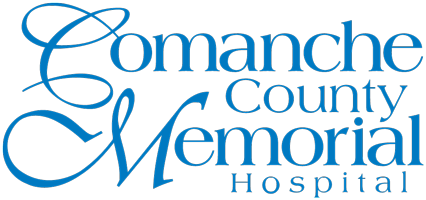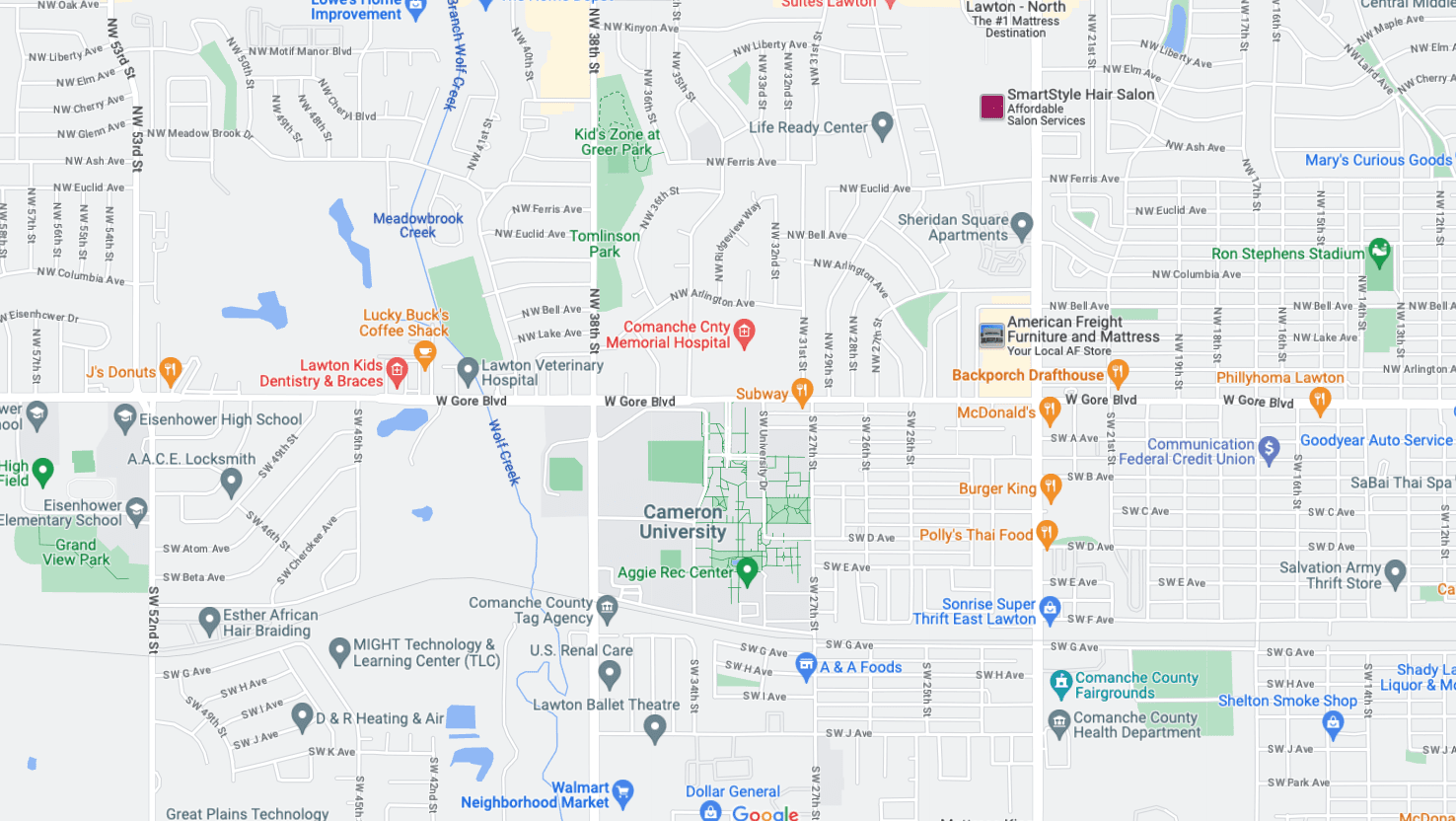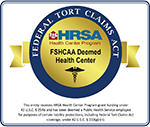Chest Surgery
Chest Surgery Procedures
Our chest surgery procedures can be used to treat the following conditions:
- Early and locally advanced lung cancer
- Pretreatment staging of thoracic neoplasms
- Lung Volume Reduction Surgery
- Tracheal tumors and airway management
- Malignant pleural effusions
- Mesothelioma and other malignant pleural diseases
- Chest wall tumors and chest wall deformities
- Pulmonary metastases
- Mediastinal tumors
Thyroidectomy
A thyroidectomy is surgery to take out your thyroid gland. This gland is shaped like a butterfly. It lies across the windpipe (trachea). The gland makes hormones that control how your body makes and uses energy (metabolism). A physician removes the gland when it gets too big, does not work right, or has a tumor. Most tumors that grow in this gland are benign. This means they are not cancer. The physician will take out the thyroid through a cut (incision) in the front of your neck. You will likely have a tube, called a drain, in your neck to let fluid out of the cut. The drain is most often taken out before you go home. You may go home on the same day. Or you may stay one or more nights in the hospital. You may return to work or your normal routine in 1 to 2 weeks. This depends on whether you need more treatment and how you feel. It may also depend on the kind of work you do. Your physician will check your incision in about a week. You may need to take thyroid medicine. If you have thyroid cancer, you may need to have radioactive iodine therapy. Your physician will talk to you about what happens next.
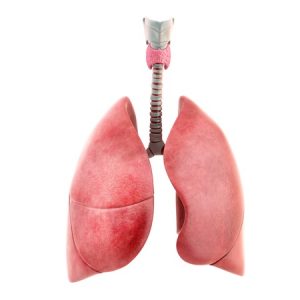 Thoracotomy
Thoracotomy
A thoracotomy (say “thor-uh-KAW-tuh-mee”) is surgery done through a cut in the chest wall. The cut is called an incision. It is made between the ribs. The physician can operate inside the chest through this incision. A thoracotomy may be used for surgery on the lungs, esophagus, trachea, heart, aorta, or diaphragm. The exact place where the incision is made depends on the reason for the surgery. It is usually across the side of the mid-chest. Your physician may need to cut through a rib or the breastbone (sternum). This is done to spread the ribs far enough to do the surgery. When the surgery is finished, the physician will close the incision with stitches or staples. If a rib or the breastbone was cut, the physician will use wire to hold the pieces of bone together as they heal. Most people spend 3 to 7 days in the hospital after this type of surgery. You will be quite sore. You’ll get medicine to help with this. Even though you will be sore, make sure that you breathe deeply and are as active as you can after surgery. This will help your lungs expand again. It will help you heal more quickly too. Also, be sure not to smoke after surgery. The amount of time you will need to recover at home depends on the type of surgery you had. You will probably need to take at least 1 to 2 months off work.
Esophageal Carcinoma
An esophagectomy (say “ee-sof-uh-JEK-tuh-mee”) is surgery to remove all or part of the esophagus. The esophagus is the tube that carries food from the throat to the stomach. Nearby lymph nodes and other tissue may also be removed. The physician connects the remaining healthy part of the esophagus to the stomach or colon so that you can still swallow and eat food. This surgery is mainly used to treat esophageal cancer. But it can also be used for other problems with the esophagus. During the surgery, the physician makes large cuts in the belly and the upper chest or neck. These cuts are called incisions. Where they are depends on where the problem is. After surgery, you may be in the hospital for 1 to 2 weeks. You have to be very careful about what you eat for 1 to 2 months after surgery and maybe for the rest of your life. You may have a feeding tube (J-tube) in your belly when you go home. This is to be sure you get enough nutrition. This will come out when you are able to eat normally. How long this takes varies. For many people, it takes 4 to 6 weeks after surgery. Your physician will give you detailed information on your diet and how to use the J-tube. You may feel weak after surgery. Take good care of yourself. Get enough rest and stay active. This can help you heal faster. You will probably need to take at least 6 to 12 weeks off from work. This depends on the type of work you do and how you feel. You will need more time to get better if you need other treatment for cancer, such as chemotherapy.
Video Assisted Thoracic Surgery
VATS is a way to do surgery inside the chest. With open surgery, the physician makes one large cut in your chest. But with VATS, the physician makes several small cuts. VATS also differs from open surgery because the physician does not have to cut through the ribs or breastbone (sternum). The physician can use VATS to find and treat many problems in the chest. To start, the physician will make several small cuts between your ribs. These cuts are called incisions. The physician will put a thin, lighted tube with a camera on it into your chest. This tube is called a thoracoscope, or scope. It lets the physician see inside your chest. Then the physician will use tiny surgical tools to do the surgery. The physician will close the incisions with stitches or staples. How long you stay in the hospital and how long your recovery takes will depend on why you are having the surgery. The scars from the incisions will fade with time. The area around the incisions may ache or feel numb in the weeks after surgery.
Bronchoscopy
Bronchoscopy (say “bron-KOSS-koh-pee”) is a type of procedure. Your physician uses a flexible tube to look at your airway. This tube is called a bronchoscope. It lets your physician see your throat, voice box (larynx), windpipe (trachea), and bronchial tubes. There are many reasons to have this procedure. Your physician may look for problems with your airway. Or he or she may remove an object or growth. Your physician could also take a sample of tissue to study. This is called a biopsy. You will probably be awake for the procedure. But you will get medicine so you will not have pain. The physician puts the bronchoscope into your mouth or nose and down your throat. Most people go home the same day. You will probably be able to go back to work or your normal routine in 1 or 2 days.
Thoracentesis
Thoracentesis (say “thor-uh-sen-TEE-sis”) is a procedure to remove fluid from the space between the lungs and the chest wall. This is called the pleural space. The procedure may also be called a “chest tap.” It is normal to have a small amount of fluid in the pleural space. But too much fluid can build up because of problems such as infection, heart failure, and lung cancer. The procedure may be done to help with shortness of breath and pain caused by the fluid buildup. Or you may have it done so the physician can test the fluid to find the cause of the buildup. Your physician will put a long, thin needle or a thin plastic tube, called a catheter, between two of your ribs. The physician will use the needle or catheter to take fluid out. You may get medicine before the procedure. This helps with pain and helps you relax. The procedure will take about 15 minutes. Most people go home shortly after. You can go back to work or your normal activities as soon as you feel up to it. If the physician sends the fluid to a lab for testing, it usually takes a few hours to get the results. Some of the test results may take a few days. The physician or nurse will discuss the results with you.
